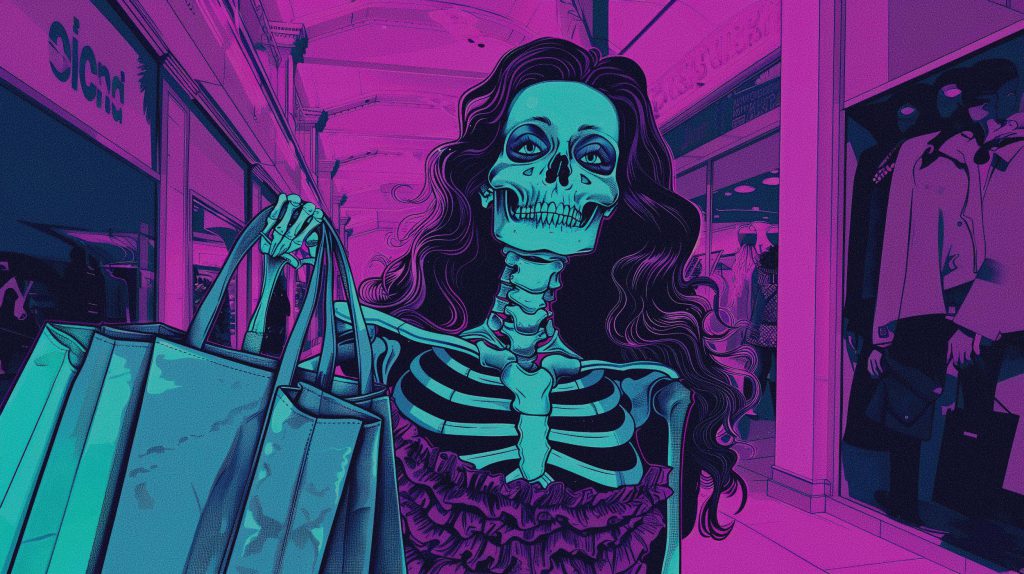In the marketing world, we pride ourselves on being forward-thinking, inclusive, and creatively bold. But there’s one area where we’ve become dangerously one-sided: our politics. Walk into any creative department in a major agency or in-house brand team, and you’ll find a sea of progressive sentiment, often worn like a badge of honor. While there’s nothing wrong with holding liberal values, the near-total absence of ideological diversity has created echo chambers that stifle innovation, alienate audiences, and risk the very inclusivity we claim to champion. It’s time we take a hard look at the political monoculture of our industry and ask: are we really as open-minded as we think?
The Political Tilt of Creative Departments
Creative departments have long leaned left—this isn’t new. What is new, however, is how that lean has become a full-on imbalance. Walk through the halls of any big-name agency or scroll through the social feeds of top creatives, and you’ll see a near-unanimous cultural and political worldview. In many circles, being progressive isn’t just expected—it’s required. Conservative-leaning professionals often learn to keep their views private, if not entirely hidden, for fear of being ostracized or labeled as out-of-touch, or worse, morally suspect.
This ideological homogeneity didn’t happen overnight. The creative industry attracts people who value change, empathy, and social justice—values often associated with liberal politics. That in itself isn’t a problem. But when those values become a litmus test for belonging, we cross a line from inclusive to exclusionary. The irony is glaring: an industry that prides itself on diversity has developed an allergic reaction to intellectual and ideological variety.
Let’s be honest—many marketing professionals see conservative values as inherently regressive or incompatible with creativity. But that’s a dangerously limited view. Not all conservative perspectives are anti-progress. Some are rooted in traditions, caution, and pragmatism—traits that, when channeled constructively, can balance out the risk-taking nature of creative work. Without that balance, we risk becoming insular and self-congratulatory, mistaking groupthink for consensus.
How Echo Chambers Undermine Innovation
Echo chambers are creativity’s silent killers. When everyone in the room shares the same worldview, ideas tend to orbit within a narrow band of acceptable thinking. Campaigns start to look and sound the same. Messaging becomes preachy rather than persuasive. And worst of all, we lose touch with large swaths of the public we’re supposed to be communicating with. Marketing, at its core, is about empathy and understanding—two things that are impossible when you’re only listening to people who think like you.
We often talk about the importance of knowing your audience, yet many creative teams are shockingly out of touch with half of the country. When your entire team votes the same, consumes the same media, and holds the same cultural assumptions, you’re not just limiting your creative potential—you’re actively alienating customers. Look no further than the backlash against campaigns that feel more like political statements than brand storytelling. Consumers can smell condescension a mile away.
What’s worse, the echo chamber breeds fear. Dissent is not just discouraged—it’s punished, often subtly. Someone who questions the prevailing narrative isn’t seen as offering a valuable perspective; they’re seen as a problem to manage. This leads to self-censorship and a chilling effect on creative expression. The result? Safe, predictable work masquerading as bold and brave. If we want to reclaim true creativity, we have to break the echo chamber.
Strategies to Foster Ideological Diversity
First, let’s define what we mean by ideological diversity. We’re not talking about hiring political pundits to write taglines. We’re talking about creating a culture where different worldviews are respected, where people can disagree without fear, and where curiosity trumps conformity. That starts with leadership. Creative directors and agency heads need to make it clear that intellectual pluralism is not just tolerated—it’s valued. This isn’t about tokenism; it’s about building better teams.
Recruitment is key. Agencies and in-house teams must look beyond the traditional pipelines—art schools, big coastal cities, and elite universities—to find talent from more ideologically diverse backgrounds. That means hiring from the Midwest, the South, military veterans, religious communities—people whose life experiences differ from the progressive urban norm. These hires won’t just check a box; they’ll bring fresh perspectives that challenge assumptions and enrich the work.
Finally, foster open dialogue. Create spaces where team members can respectfully discuss different viewpoints, not just on politics, but on values, culture, and society. Encourage debate, not just agreement. Make “devil’s advocate” a job function again. And above all, reward curiosity. The best creative work comes from tension, from wrestling with ideas that make us uncomfortable. If we want to truly innovate, we need to stop policing thought and start embracing it.
The marketing industry likes to think of itself as a beacon of inclusivity and open-mindedness. But when it comes to political and ideological diversity, we’ve built a gated community. It’s time to tear down some walls. True creativity demands friction, diversity of thought, and the courage to challenge prevailing narratives—even our own. If we continue to operate in ideological silos, we risk becoming irrelevant to the very audiences we aim to inspire. The future of marketing belongs not to those who think alike, but to those brave enough to think differently.































